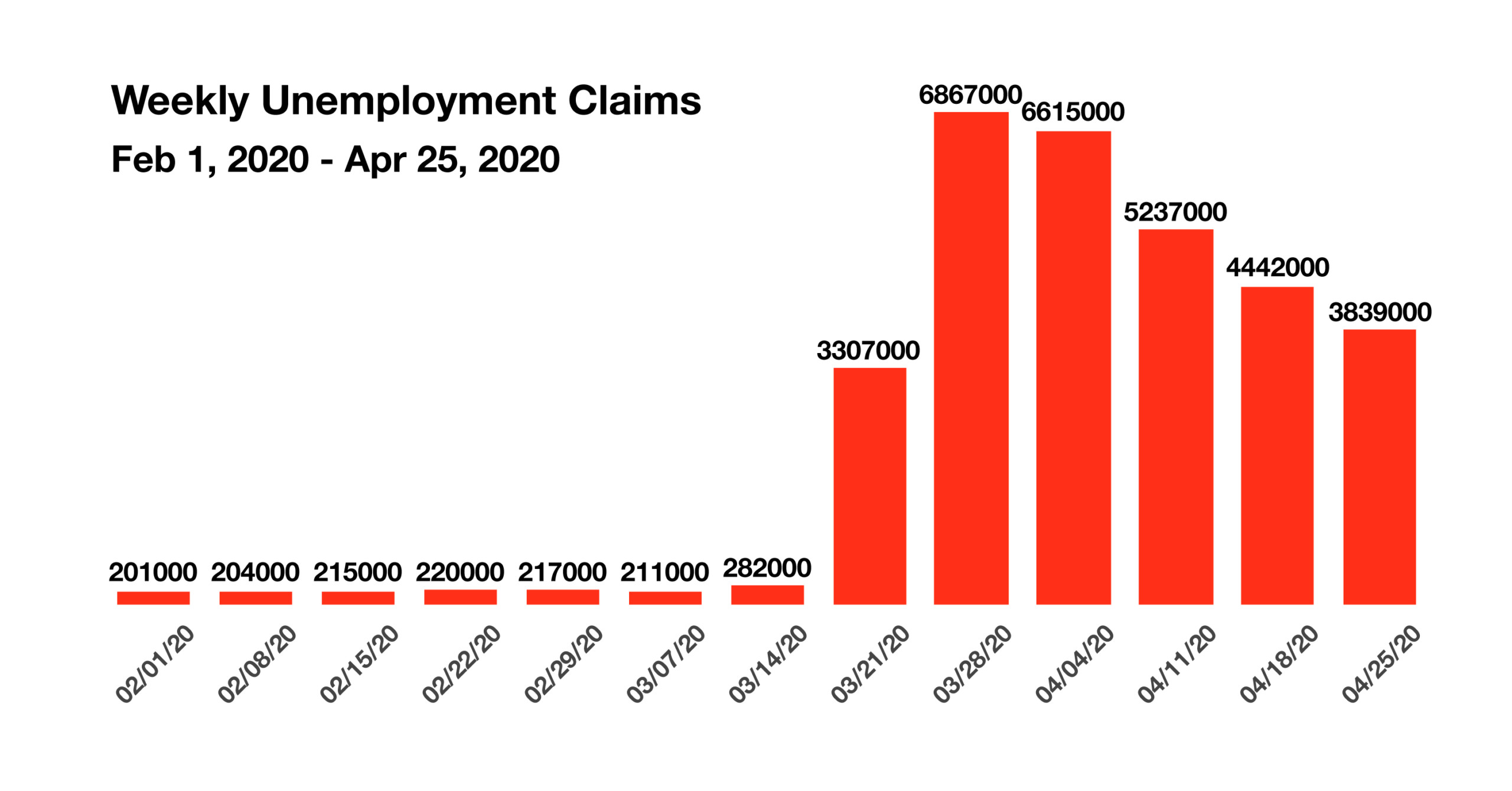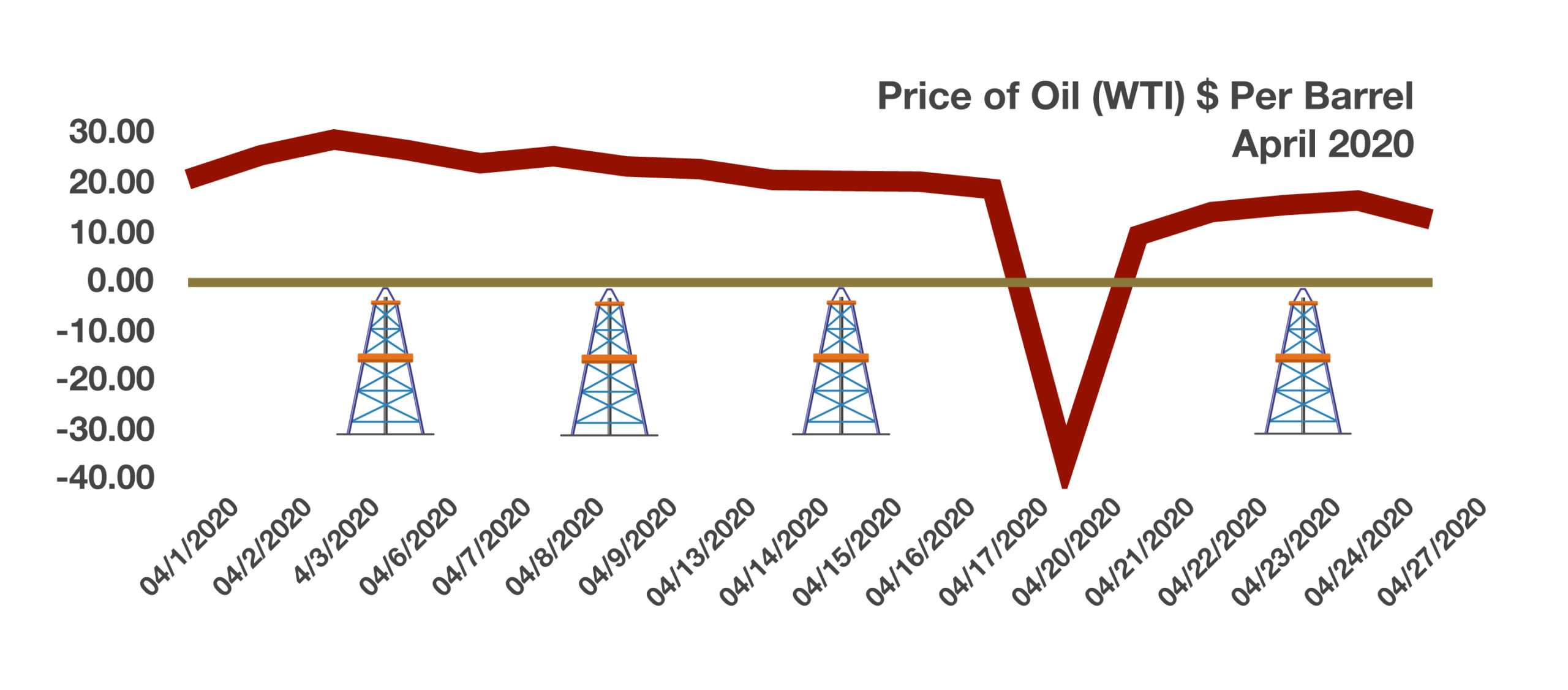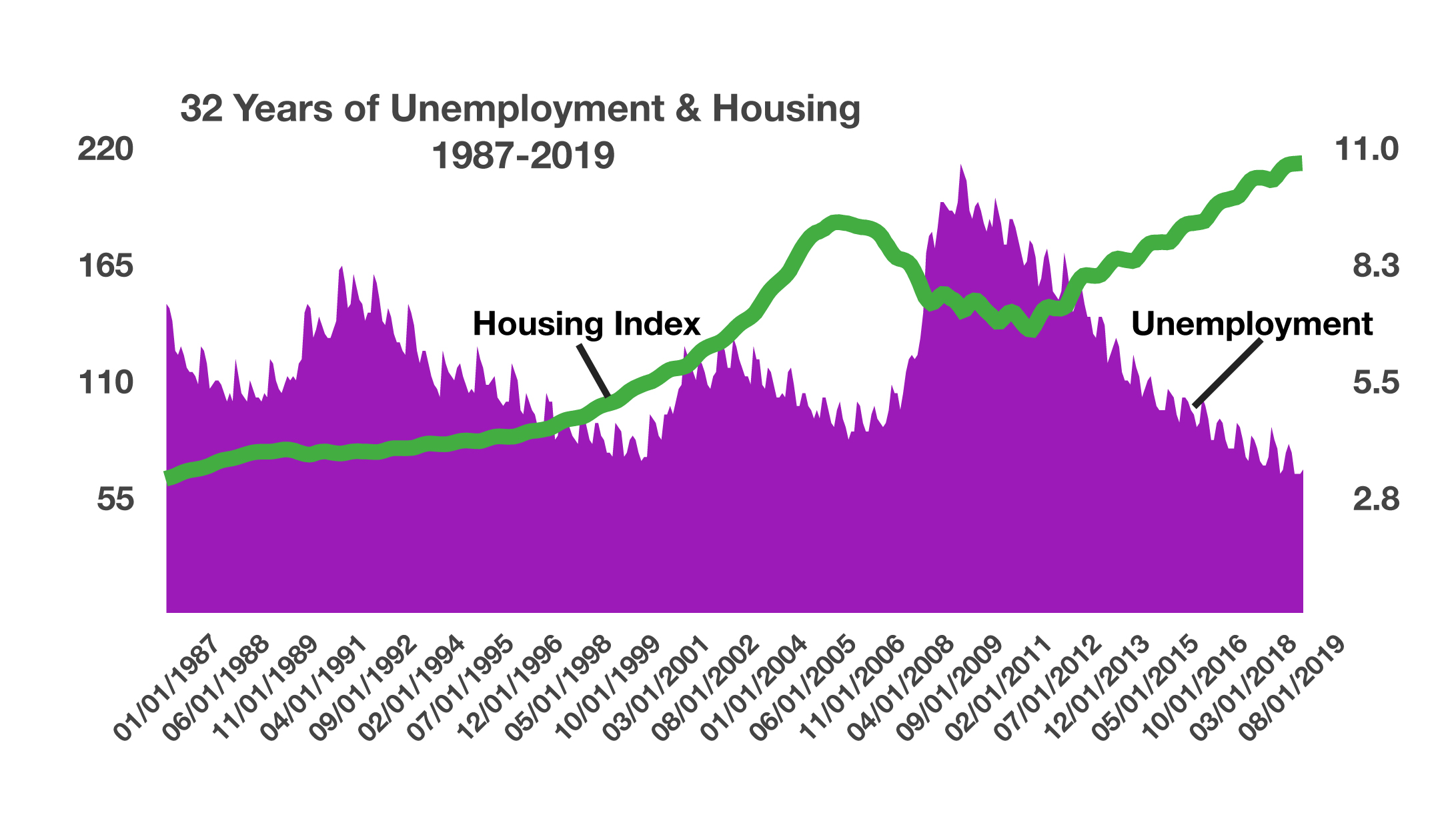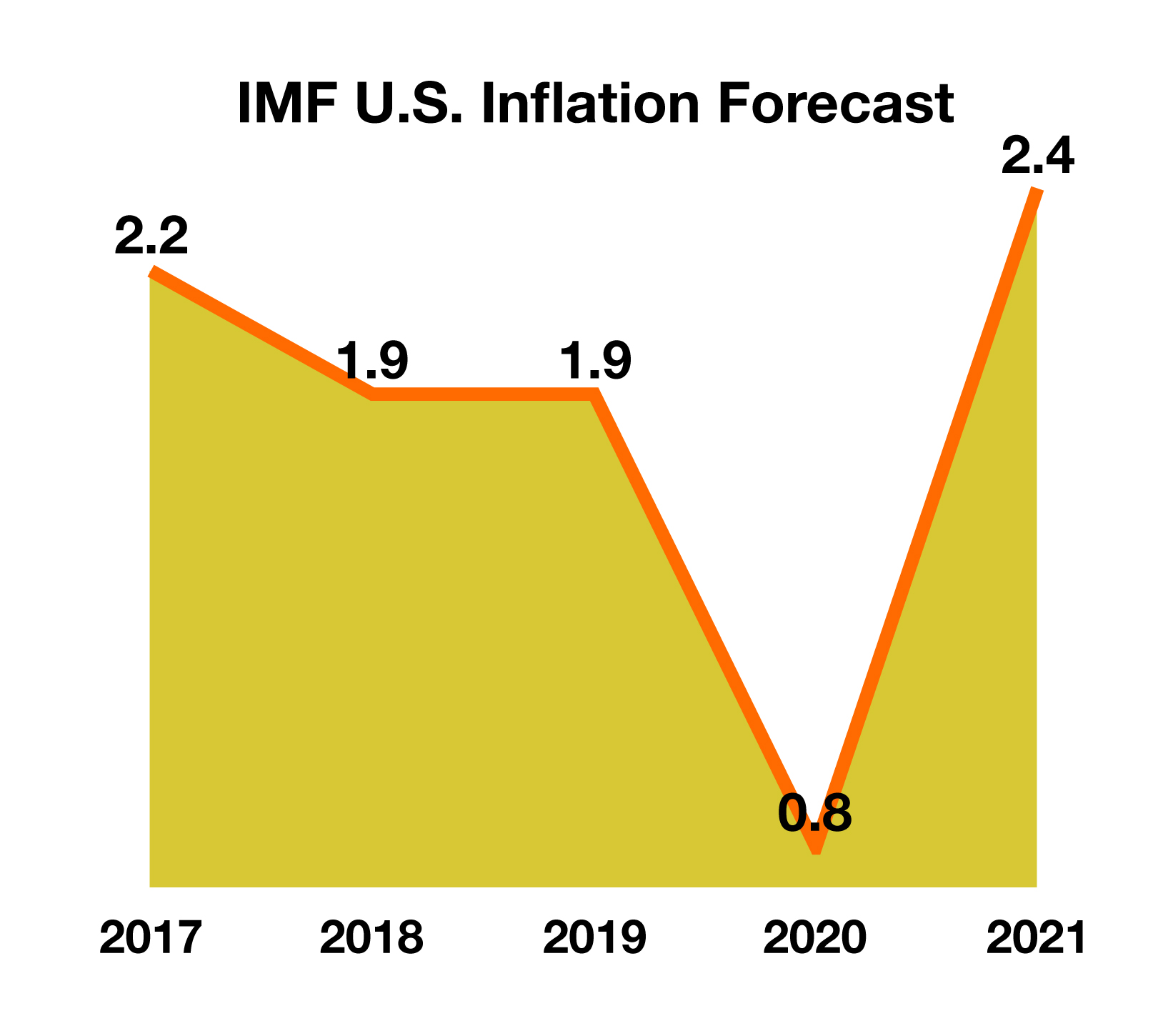
Derek J. Sinani
Founder/Managing Partner
derek@ironwoodwealth.com
7047 E. Greenway Parkway, Ste. 250
Scottsdale, AZ 85254
480.473.3455
Stock Indices:
| Dow Jones | 46,397 |
| S&P 500 | 6,688 |
| Nasdaq | 22,660 |
Bond Sector Yields:
| 2 Yr Treasury | 3.60% |
| 10 Yr Treasury | 4.16% |
| 10 Yr Municipal | 2.92% |
| High Yield | 6.56% |
YTD Market Returns:
| Dow Jones | 9.06% |
| S&P 500 | 13.72% |
| Nasdaq | 17.34% |
| MSCI-EAFE | 22.34% |
| MSCI-Europe | 24.64% |
| MSCI-Pacific | 17.97% |
| MSCI-Emg Mkt | 25.16% |
| US Agg Bond | 6.13% |
| US Corp Bond | 6.88% |
| US Gov’t Bond | 5.93% |
Commodity Prices:
| Gold | 3,882 |
| Silver | 46.77 |
| Oil (WTI) | 62.52 |
Currencies:
| Dollar / Euro | 1.17 |
| Dollar / Pound | 1.34 |
| Yen / Dollar | 148.71 |
| Canadian /Dollar | 0.71 |
Macro Overview – This Too Shall Pass
The phrase “This Too Shall Pass”, originated as a Persian adage. It was employed in a speech by Abraham Lincoln before he became the 16th president: “It is said an Eastern monarch once charged his wise men to invent him a sentence, to be ever in view, and which should be true and appropriate in all times and situations. They presented him the words: ‘And this, too, shall pass away.’ How much it expresses! How chastening in the hour of pride! How consoling in the depths of affliction!” This timeless phrase is as appropriate today as it was then.
Markets were encouraged with the announcement of reopening plans by various states and the probability of reigniting economic activity. Individual states started to ease restrictions and allow certain businesses to reopen for the first time since a state of emergency was declared on March 14th. Analysts and economists agree that it may be a gradual process of reopening the economy as normalcy is eventually restored. Here in Arizona, the process appears to be cautiously underway.
Congress injected an additional $484 billion into the original Paycheck Protection Program passed in March. The program depleted its initially allocated $350 billion in stimulus funds in mid-April with over 1.6 million loans having been approved. Smaller businesses are the target for the stimulus payments. Funds critical to keeping small businesses open have been failing to reach smaller neighborhood establishments in time, increasing stresses for mom and pop small enterprises. This additional funding will help stave off those stresses and is already showing great progress. I have two friends (Arizona commercial contractor and a southern California surfboard designer) – both received this second round of assistance, thus increasing my confidence that much-needed funds are flowing to the appropriate beneficiaries and that we are on the road towards recovery and renewed prosperity.
Labor Department data revealed that nearly all of the jobs gained since the recession of 2008-2009 were essentially lost in three weeks. Revised unemployment claims through the end of April showed an increase to over 30 million people filing for unemployment since the pandemic shuttered the economy in mid-March. As the economy comes back online, the expectation is for most of these jobs to re-emerge as we move into the 3rd and 4th quarters.
Oil prices traded at historic lows in April due to oversupply. Lower gasoline prices will help the U.S. economy as economic activity resumes. This is an enormous cost saving for businesses and consumers alike.

 Lower crude oil prices have historically led to lower gasoline prices nationwide – which are a tremendous economic tailwind and cost-saving for consumers and businesses alike. But let’s focus on renewables.
Lower crude oil prices have historically led to lower gasoline prices nationwide – which are a tremendous economic tailwind and cost-saving for consumers and businesses alike. But let’s focus on renewables.

 The SBA reports that small businesses have historically accounted for 60-65% of net new jobs nationwide every year, amounting to approximately 2 million jobs per year. Data compiled by the Census Bureau for 2014 identify that roughly 50% of all net jobs created nationwide were by small business employers. With over 30 million newly unemployed Americans since the outbreak, small businesses are expected to eventually hire many of the recently unemployed.
The SBA reports that small businesses have historically accounted for 60-65% of net new jobs nationwide every year, amounting to approximately 2 million jobs per year. Data compiled by the Census Bureau for 2014 identify that roughly 50% of all net jobs created nationwide were by small business employers. With over 30 million newly unemployed Americans since the outbreak, small businesses are expected to eventually hire many of the recently unemployed.